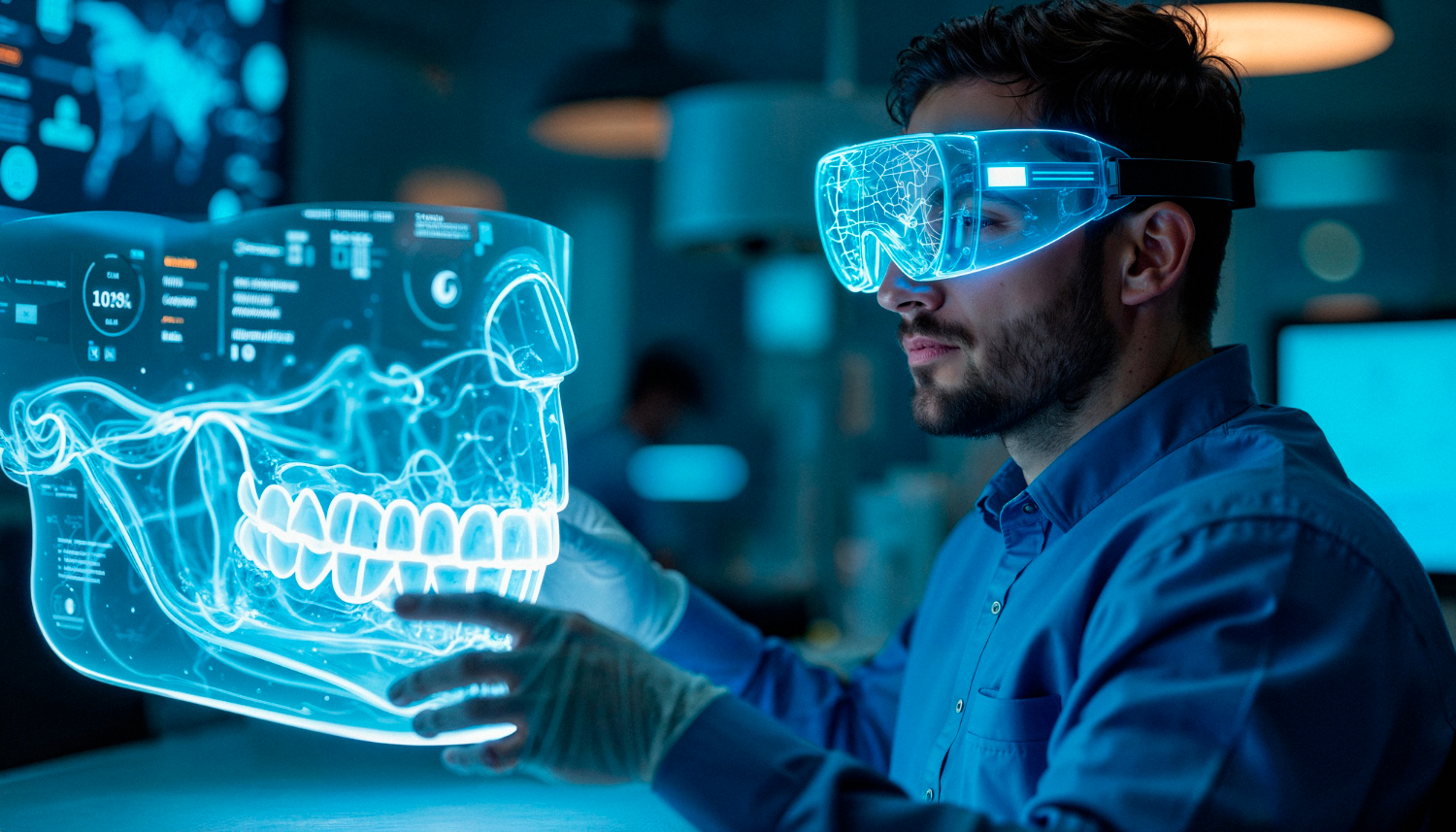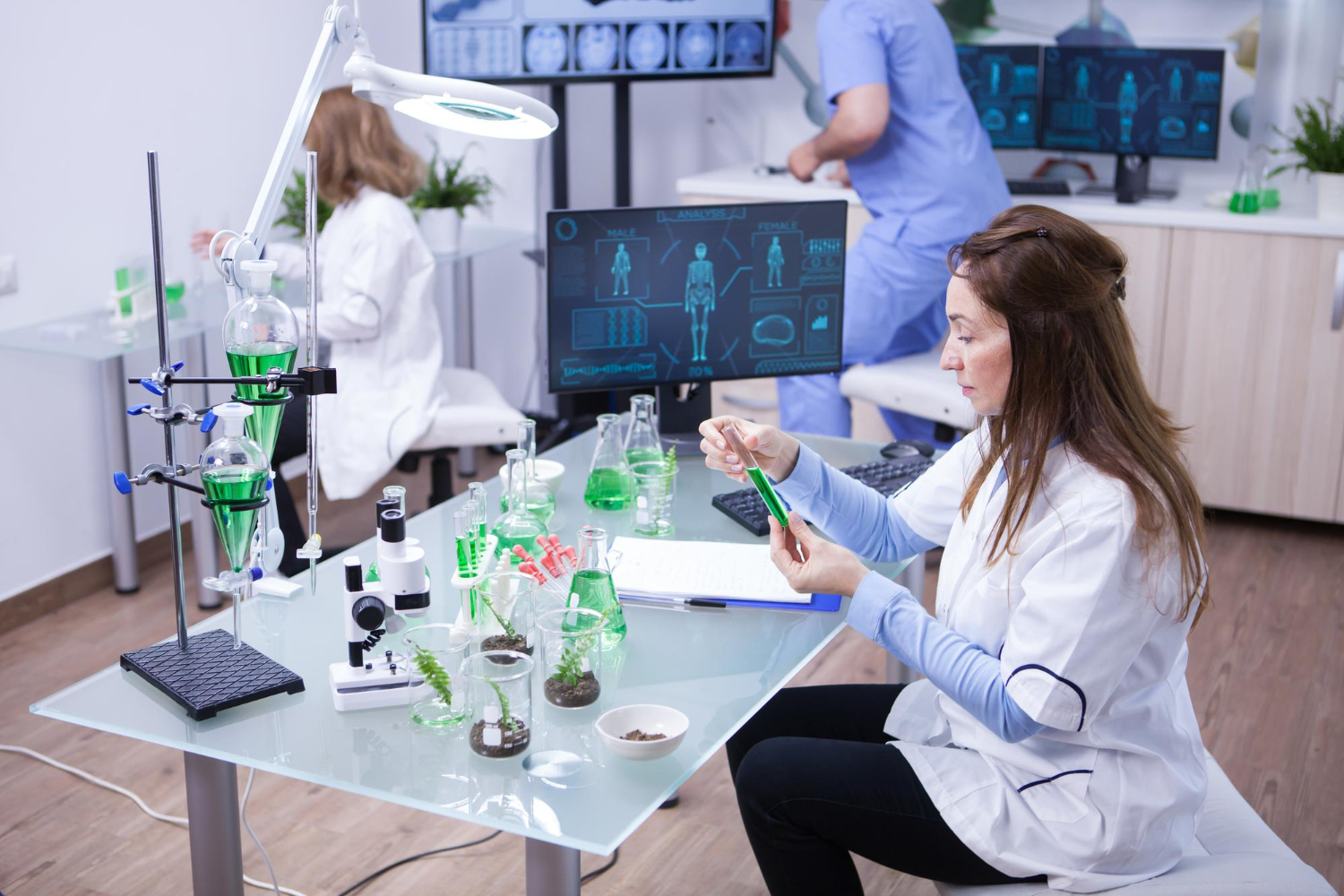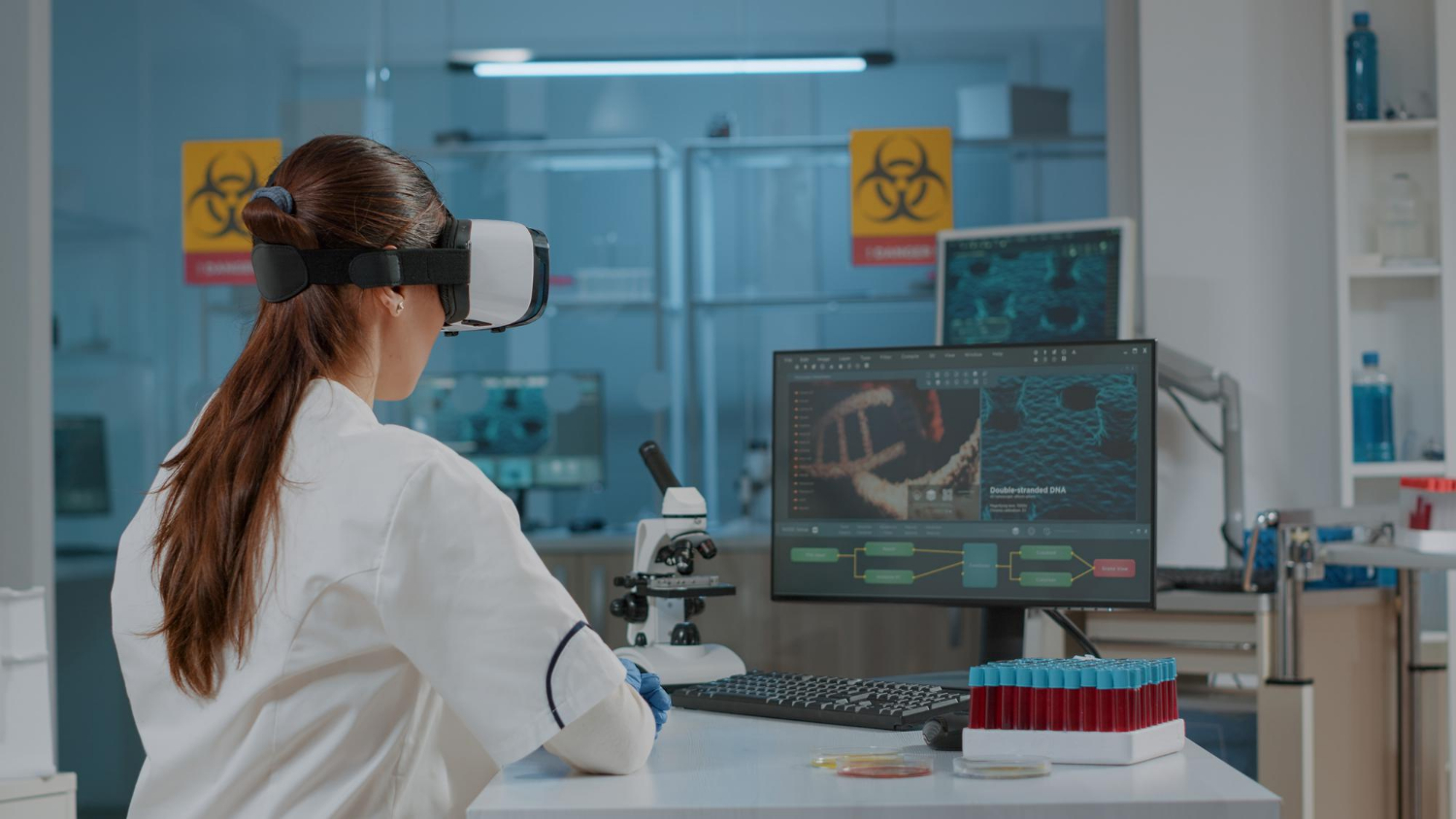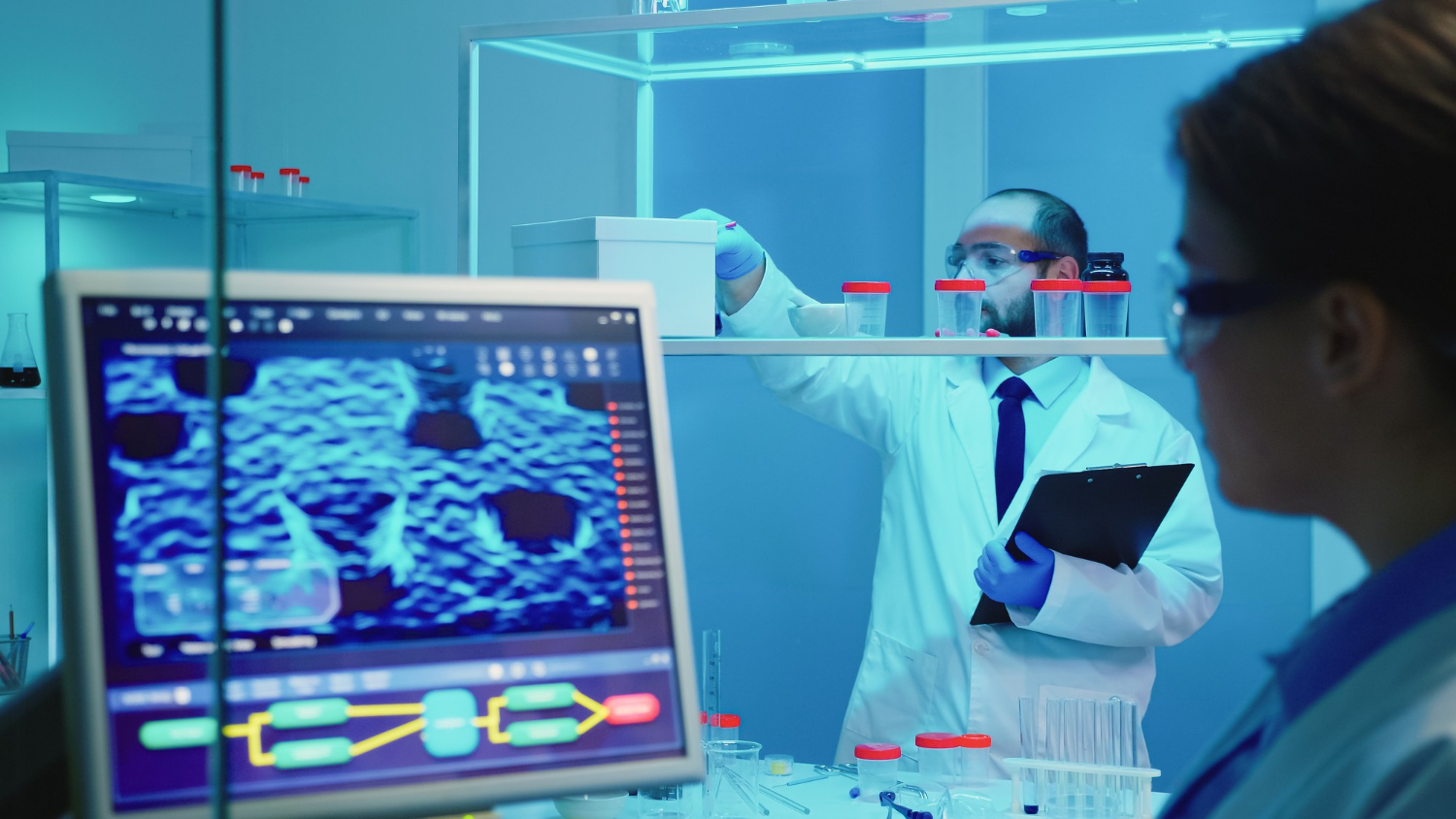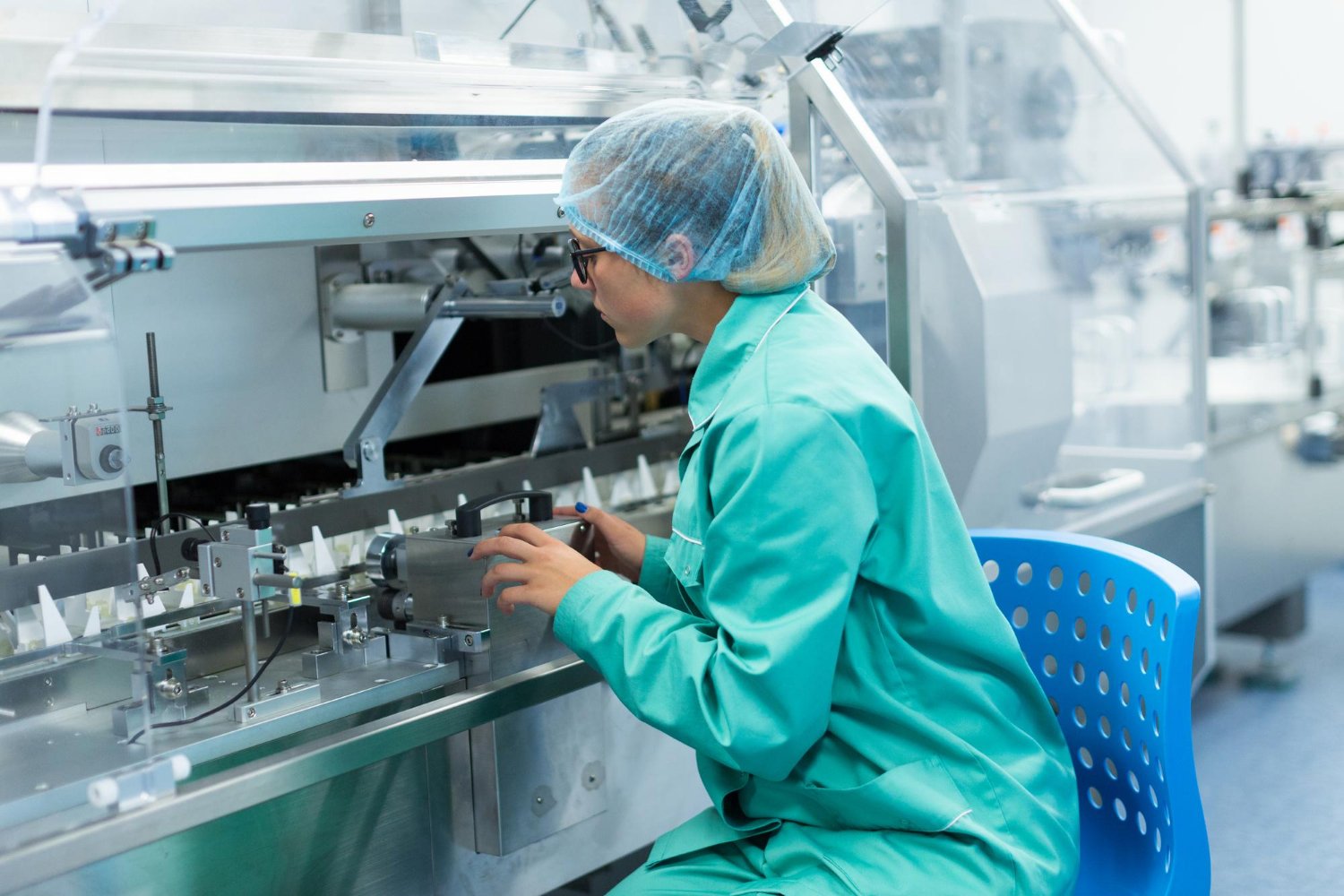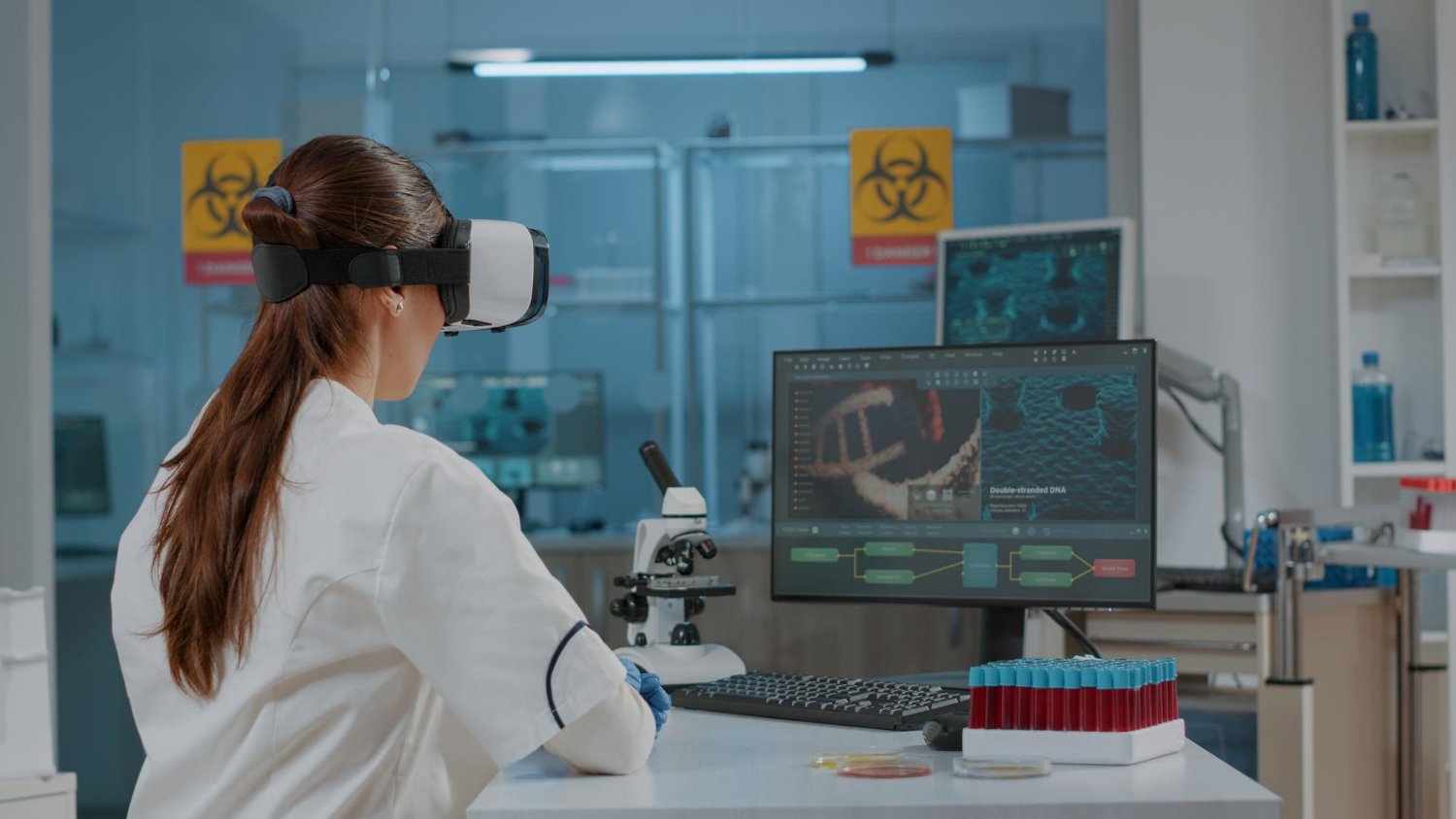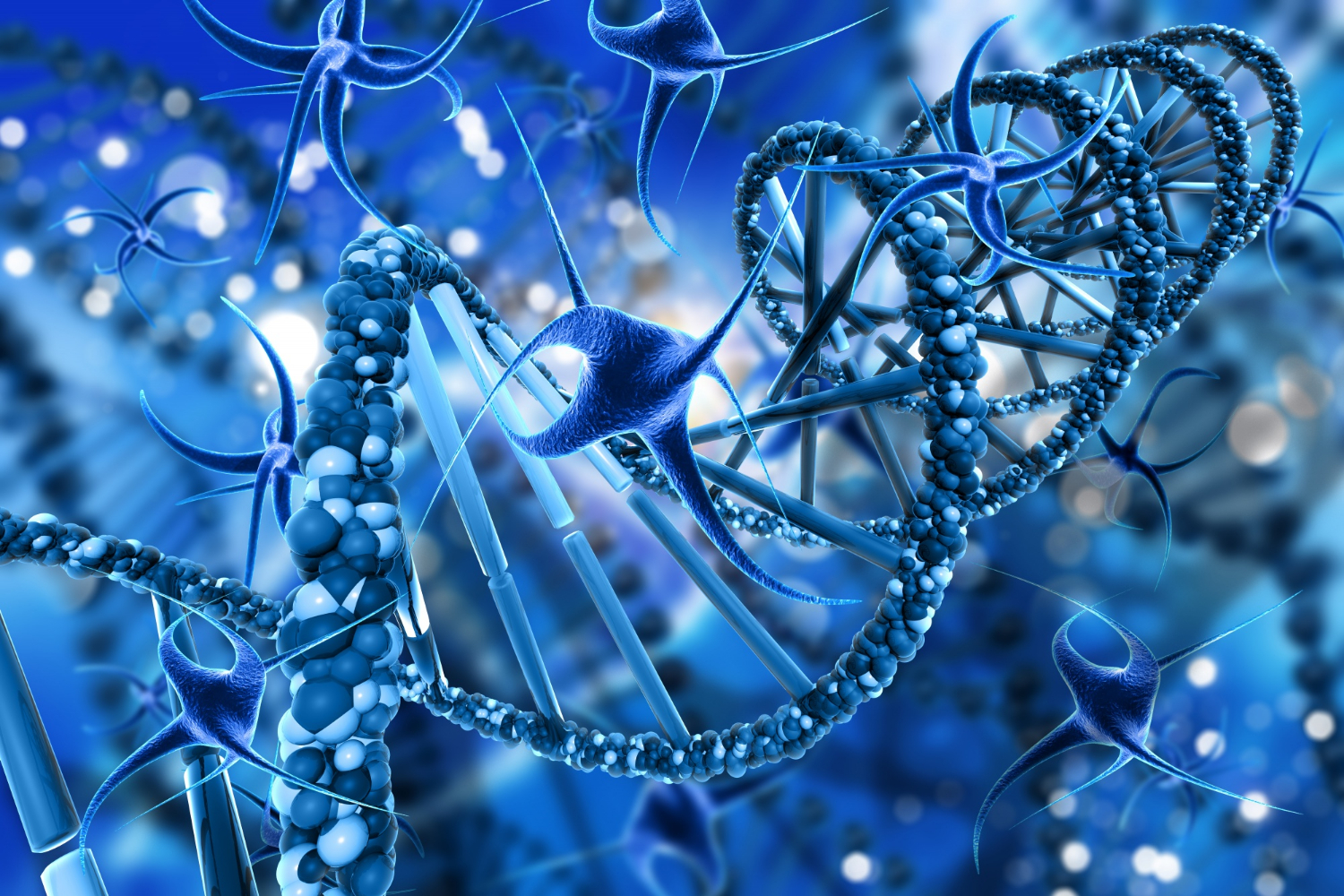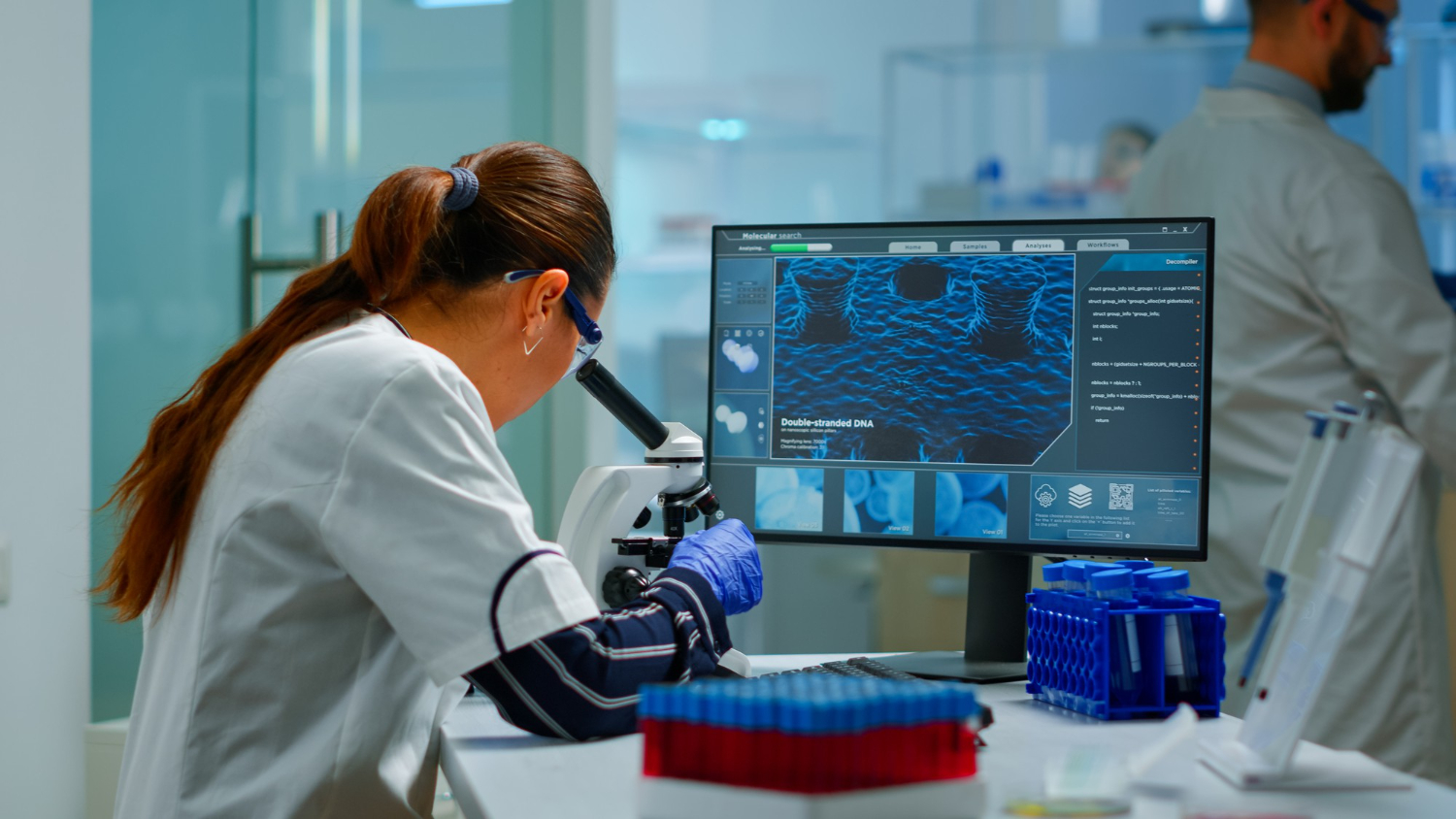Computer vision and pattern recognition are transforming the way we interact with technology. These fields involve teaching computers how to understand and interpret the visual world. From identifying objects in images to recognising faces, computer vision and pattern recognition have numerous real-world applications.
What is Computer Vision?
Computer vision is a field of artificial intelligence (AI) that enables computers to interpret and make decisions based on visual data. This technology allows machines to process and understand digital images and videos in a way that mimics human vision.
Image Processing
Image processing involves manipulating and analysing images to enhance their quality or extract meaningful information. Techniques like filtering, resizing, and edge detection are fundamental to image processing.
Object Detection
Object detection is the process of identifying and locating objects within an image or video. This involves not only recognising what the objects are but also pinpointing their positions.
Facial Recognition
Facial recognition technology can identify or verify a person from a digital image or video. This technology is used in various applications, from unlocking smartphones to enhancing security systems.
What is Pattern Recognition?
Pattern recognition involves recognising patterns and regularities in data. It uses machine learning algorithms to identify patterns in data sets. This is crucial for understanding and interpreting complex data.
Machine Learning
Machine learning algorithms are used to train models to recognise patterns in data. These algorithms learn from a large amount of data, enabling them to make accurate predictions and decisions.
Data Set
A data set is a collection of data used for training machine learning models. The quality and quantity of the data set are critical for the performance of the model.
How Do Computer Vision and Pattern Recognition Work?
Both fields rely on AI and machine learning to function effectively. Here’s how they work together:
-
Training Data: The process starts with collecting and preparing a large data set of images and videos. This training data is essential for teaching the model to recognise patterns.
-
Model Training: Machine learning models are trained using this data. The model learns to identify patterns and features in the images, such as shapes, colours, and textures.
-
Image Segmentation: Image segmentation divides an image into segments to simplify its analysis. This process helps in identifying and classifying different objects within the image.
-
Object Recognition: Once the model is trained, it can recognise objects in new images or videos. This involves detecting the presence of an object and identifying what it is.
Real World Applications
Computer vision and pattern recognition have numerous real-world applications across various industries.
Healthcare
In healthcare, computer vision aids in diagnosing diseases by analysing medical images. For example, it can detect abnormalities in X-rays or MRIs, assisting doctors in making accurate diagnoses.
Security
Facial recognition technology is widely used in security systems to identify and verify individuals. It enhances security at airports, offices, and other sensitive areas.
Retail
In retail, computer vision helps in inventory management and enhances customer experience. For example, it can track product availability and analyse customer behaviour.
Manufacturing
In manufacturing, computer vision is used for quality control. It can inspect products on assembly lines and detect defects in real time, ensuring high-quality production.
See a detailed article about COMPUTER VISION IN MANUFACTURING!
Autonomous Vehicles
One of the most revolutionary applications of computer vision is in the development of autonomous vehicles. By leveraging advanced image recognition and pattern recognition technologies, autonomous vehicles can navigate and make decisions in real time. These systems process vast amounts of data from images and videos captured by cameras mounted on the vehicle. The data is then analyzed to identify objects such as pedestrians, other vehicles, and road signs, ensuring safe and efficient driving.
Computer vision technologies enable autonomous vehicles to perform complex tasks such as lane detection, obstacle avoidance, and adaptive cruise control. The integration of these systems with machine learning algorithms allows the vehicle to continuously learn and improve its performance. This progress in computer vision is making autonomous driving more reliable and closer to widespread adoption.
Read more on AI FOR AUTONOMOUS VEHICLES: REDEFINING TRANSPORTATION!
Challenges in Computer Vision and Pattern Recognition
Despite their advancements, these fields face several challenges:
-
Data Quality: The accuracy of computer vision models depends heavily on the quality of the training data. Poor-quality data can lead to inaccurate results.
-
Processing Power: Computer vision tasks require significant processing power. High-performance hardware is essential for real-time image processing and analysis.
-
Complexity: Understanding and interpreting complex scenes is challenging. Models must accurately detect and recognise objects in various conditions and environments.
-
Privacy Concerns: The use of facial recognition and other surveillance technologies raises privacy concerns. Ensuring the ethical use of these technologies is crucial.
The Role of TechnoLynx
At TechnoLynx, we specialise in developing cutting-edge computer vision and pattern recognition solutions. Our expertise in AI and machine learning enables us to create innovative applications tailored to your needs.
-
Custom Solutions: We offer custom solutions for various industries, from healthcare to manufacturing. Our team can develop applications that leverage computer vision to enhance your operations and services.
-
High-Quality Data: We ensure that our models are trained using high-quality data sets. This guarantees accurate and reliable performance in real-world applications.
-
Advanced Technology: We use advanced technologies, including convolutional neural networks (CNNs), to develop our models. This ensures that our solutions are at the forefront of innovation.
-
Ethical Practices: We prioritise ethical practices in the development and deployment of our technologies. Ensuring privacy and security is at the core of our operations.
-
Real-Time Processing: Our solutions are designed for real-time processing, providing immediate results and enhancing decision-making.
Computer vision work involves the interdisciplinary field of computer science, where computers are trained to interpret and make decisions based on visual data. This includes tasks like image recognition, where machines identify and classify objects within digital images. By leveraging advanced machine learning algorithms and neural networks, computer vision enables the analysis of large datasets of images and videos to detect patterns, segment images, and recognise faces or objects.
These capabilities are crucial for various real-world applications, including autonomous vehicles, medical imaging, and surveillance systems, showcasing the transformative potential of computer vision in solving complex problems.
Conclusion
Computer vision and pattern recognition are transforming the way we interact with the world. From autonomous vehicles to healthcare, these technologies have a wide range of applications that enhance efficiency and accuracy. At TechnoLynx, we are committed to pushing the boundaries of these technologies, developing innovative solutions that meet your needs. With our expertise in AI and machine learning, we are poised to lead the way in the future of computer vision and pattern recognition.
Image credits: Freepik



